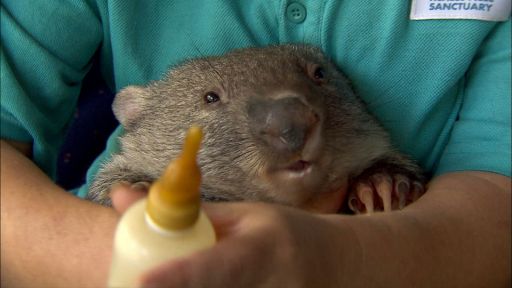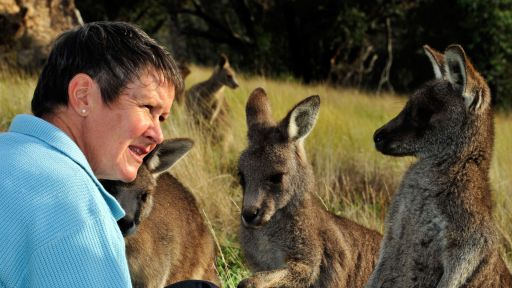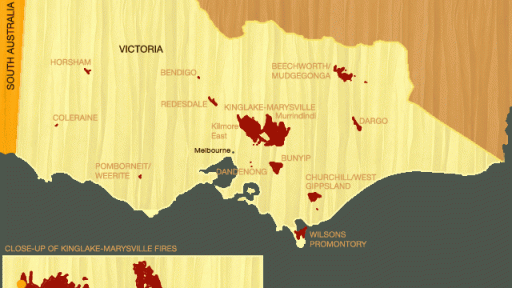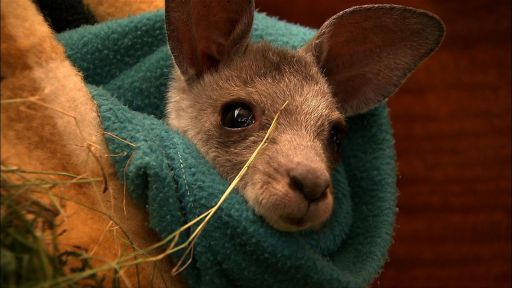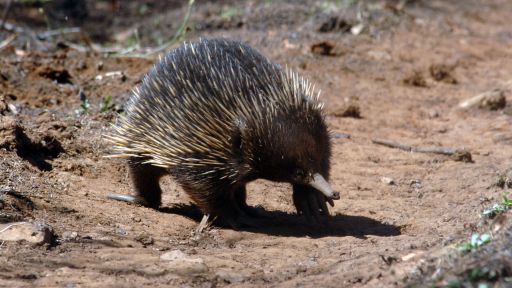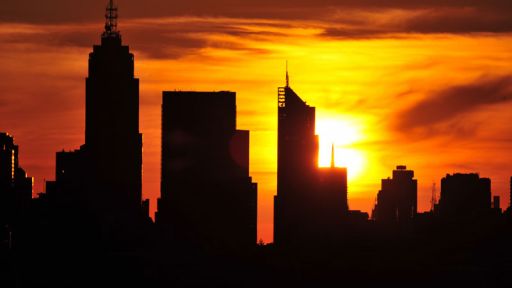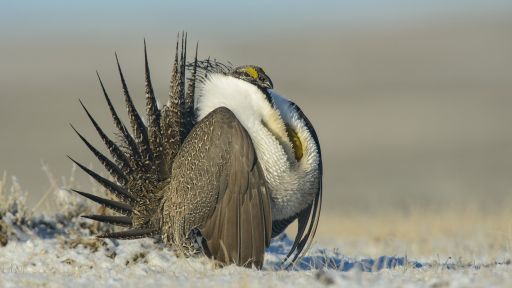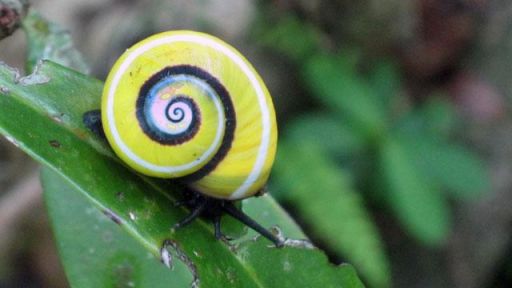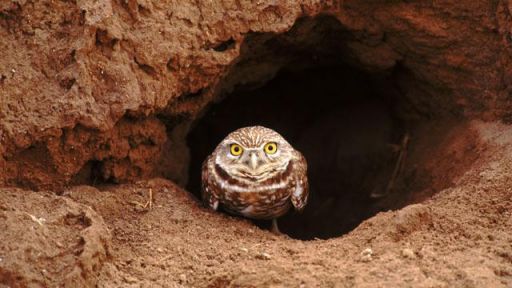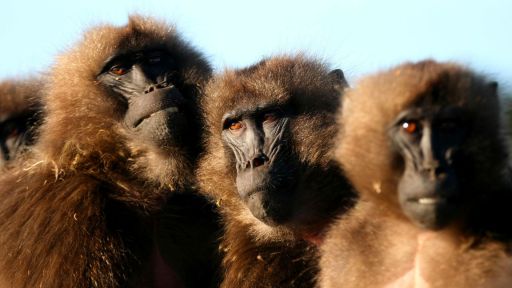In February 2009, conditions were ripe for wildfires in the state of Victoria in southeast Australia. Relentless heat waves, seemingly endless drought, and arid winds sweeping in from the outback had left the countryside tinder dry and braced for the worst. Then, on Saturday, February 7, Victoria went up in flames; and raging fires engulfed everything in their path. By the time the fires subsided, 173 people had lost their lives, over one million acres of mountain ash forest had been destroyed, and countless animals had perished. The overwhelming firestorm was one of the worst in the country’s history, and came to be known as Black Saturday.
But fires, although destructive, are essential for the long-term health of forests. Following Black Saturday, life demonstrated its remarkable resilience even in the middle of burned and blackened wilderness. Within weeks, the great forests began to turn green again. Dormant buds sprouted from charred branches, newly-opened seeds fell onto cleared ground, and millions of seedlings grew in the rich nutrients of scattered ashes. Flowers, grasses, fungi, and mosses all repopulated the area in a great rush of regeneration. Birds, encouraged by signs of recovery, returned to take up their lives again.
However, much of the wildlife that escaped the flames needed help. Rescued animals that had been burned and traumatized by the fires were tenderly nursed back to health at wildlife health centers by volunteers and veterinarians alike. Koalas, wallabies, wombats, kangaroos, echidnas, birds, endangered possums, and even fish all benefited from their care. Not every rescued animal survived, but the efforts of these caring individuals were crucial in saving those that did.
Survivors of the Firestorm follows the phoenix-like story of Victoria’s wildlife, the fall and rise of the great mountain ash forests and all that dwell within them, and the extraordinary capacity of a damaged natural world to bounce back.

